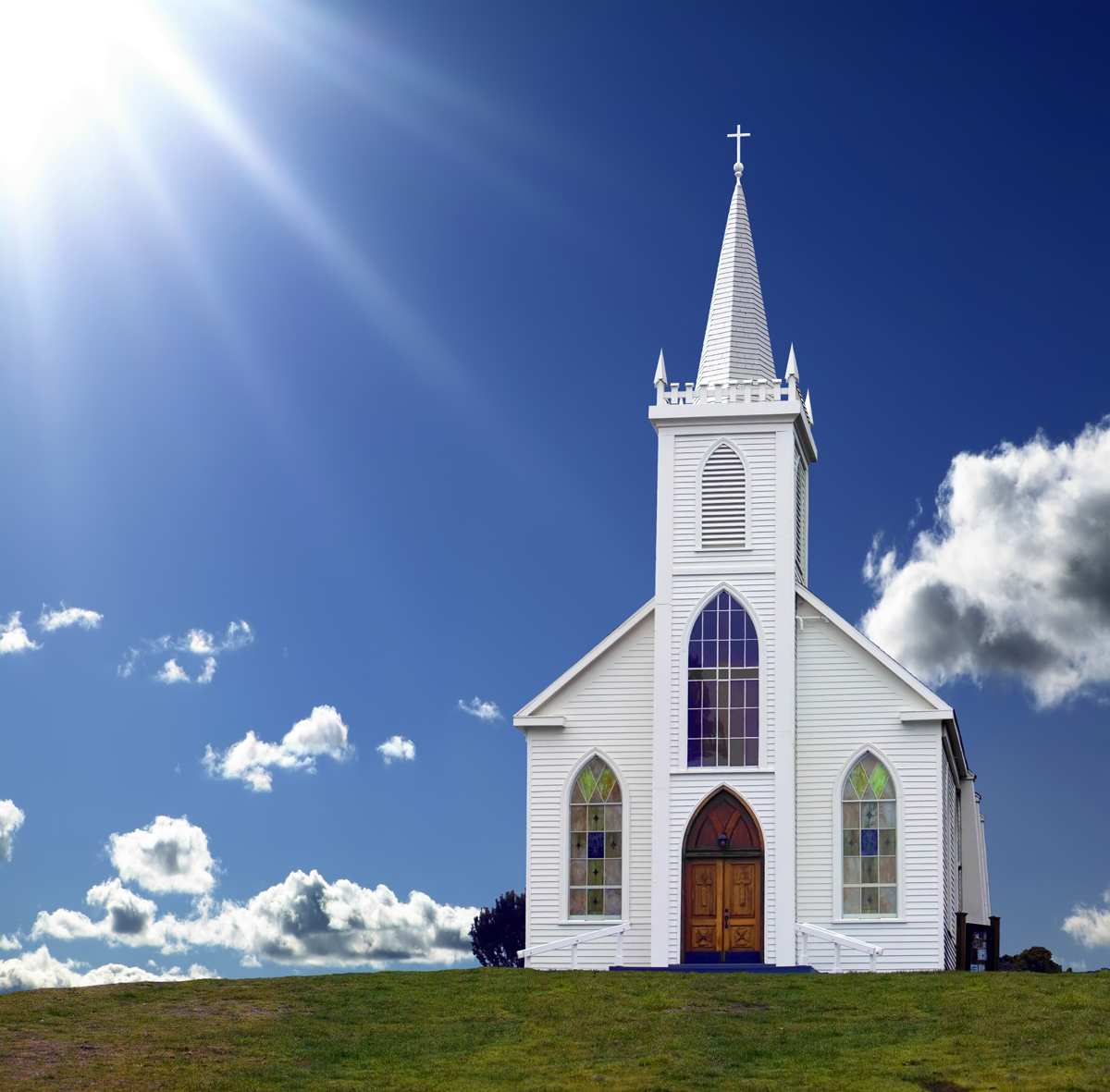 Nuance.
We're big fans of it here at GetReligion.
Nuance.
We're big fans of it here at GetReligion.
Journalism without nuance relies on stereotypes and cardboard-cutout characters. Journalism with nuance entertains complex positions, shades of gray and ironic juxtapositions.
In its most prime real estate — Column One — the Los Angeles Times on Friday demonstrated the value of nuance. The Times devoted 1,900 words to a piece on the impact of Alabama's tough new immigration law on a small country church.
The top of the Page 1 story:
Reporting from Tallassee, Ala. — The small group, six Mexican men and a woman from Guatemala, sang No. 619 in the hymnal with a force that belied their number:
"Alabad a Jehova! Naciones todas, pueblos todos …"
Praise God! All nations, all people ...
They had come this Sunday morning to pray, as they always do, at Riverside Heights Baptist Church, out beyond Rosehill Cemetery, where the graves of Civil War dead are marked with tattered Confederate flags.
Victoria Pajaro banged out a piano accompaniment in the vigorous style that Southern Baptist missionary women had taught her years ago in Colombia. After a Bible reading, a pastor named William Robles, speaking in Spanish, abruptly mentioned the state's new immigration law, which requires that police check the residency status of suspected illegal immigrants.
We cannot assume that the whites who supported the law are bigots, he told the congregation. Only God knows the content of their hearts.
Keep reading, and the story provides an overview of the seemingly conflicting points of view:
In an hour, the sanctuary would fill with the church's white members, nearly all of them conservatives and most supporters of Republican Gov. Robert J. Bentley, the Southern Baptist deacon who championed the law as the nation's toughest after signing it in September.
For more than a decade, however, the white Southern Baptists in this small country church have opened their doors, wallets and hearts to a group of Latino strangers who appeared among them suddenly one Sunday, desperate for a place to pray.
They hired a bilingual pastor, launched a countywide "Hispanic mission," and let their children play side by side with the newcomers' kids on field trips and in summer camps. They knew or suspected that many of them were here illegally.
Now, since the law's passage, the Latinos are moving away. And in the pine pews of Riverside Heights Baptist Church, many white members are struggling to reconcile strongly held convictions about a lawful society with their compassion for their new brothers and sisters in Christ.
I thought the piece did a nice job of painting a multifaceted portrait of the small church, particularly the white members. Perhaps the language barrier was an issue, but I did not feel like I got to know the Latino members as well or as fully.
In a few places, the story's wording seemed strange. For instance:
The Spanish-language service is at 9:30 a.m. in an old meeting room. English-language church is at 11 a.m. in the main sanctuary. Only the children are thrown together for Sunday school: the Latino kids, in day care or enrolled in public schools, are usually fluent in English, or close to it.
In evangelical churches nationally that have English and Spanish services, it's quite common for all the children to attend Sunday school together for the exact reason the Times noted: the Spanish-speaking kids usually can communicate in English, too. I'm not sure that "thrown together" is the best description of the children attending class together.
Likewise, the question of whether the Spanish speakers will use the main sanctuary or convene in a basement or small building behind the main church is a frequent one. In the case of the Alabama church, it would be helpful to know exactly why the Spanish-language group assembles in the "old meeting room."
Those questions aside, though, there's plenty of nuance to like in this piece:
Both whites and Latinos are baptized in the same industrial-sized tub, built into the wall above the altar behind a low plexiglass partition. Sometimes, the newly baptized emerge from the water to the sight of white and brown people in the pews below, clapping and shouting, uproariously, as one.
The church has hosted classes in English as a second language for the Latinos and Spanish classes for the whites, but the lessons haven't really stuck. So the members try to make do.
Once a month, JoAnn Johnston's Sunday school class invites the two groups to a big country breakfast. She bakes the homemade biscuits. Tommy Graham, an avid hunter, brings venison sausage, and James Benton cooks it. Gloria Lowery makes the coffee and grits.
They sit down together in a new, gymnasium-like metal building — constructed in part to handle the new Latino flock — and they smile, and nod, and eat. But they don't really speak.
"We can't understand each other," Kathi Schmitt said. "So we just smile."
At the end of the piece — and as much as I liked it — I still felt unsure as to the biblical reasons that the white members might give for supporting the anti-immigration law while, seemingly, continuing to welcome illegal aliens into their body. The writer included biblical examples in the story — such as Jesus meeting a Samaritan woman at a well — but the applications seemed unclear.
Overall, I was impressed with this story.
By all means, read the whole thing and weigh in with your journalistic thoughts.
Country church photo via Shutterstock
